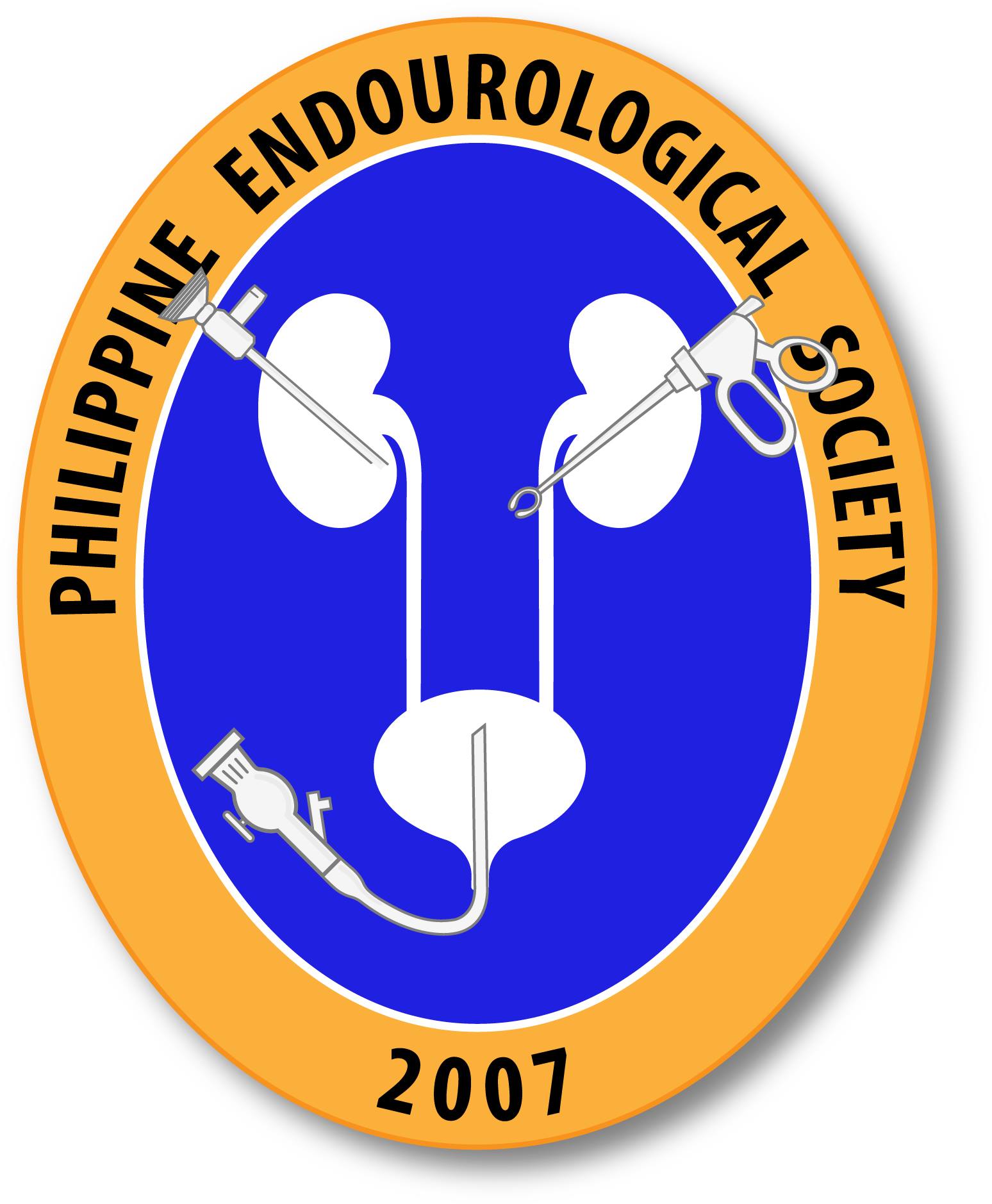Adenosine triphosphate (ATP) is that all-important organic compound that we first learn about in biology class back in secondary school, and we revisit countless times in our college and medical school biochemistry courses. It is found in all known forms of life, is utilized for intracellular energy transfer, and is often loosely referred to as the “molecular unit of currency.”1 In eukaryotes, ATP is produced through the process of cellular respiration, which oxidizes glucose to carbon dioxide via glycolysis, the tricarboxylic acid (TCA) cycle, and oxidative phosphorylation. Additionally, the breakdown of fatty acid molecules, or beta-oxidation, can also produce ATP. In the absence of oxygen, anaerobic respiration can produce ATP, albeit less efficiently.
